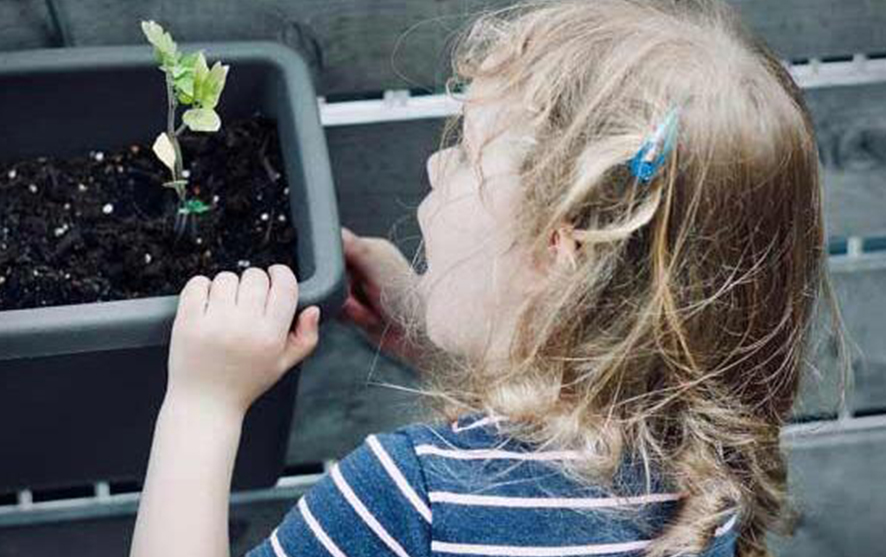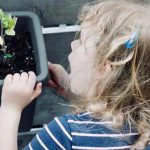Tidying up the garden grass
What you need Child-friendly scissors Some outdoor space - garden, park or grassy area Benefits [...]
Read more


This activity helps children to form an understanding of the natural world, the plants and creatures that inhabit it, and how everything links together. It fosters curiosity, creativity and independence, and supports the development of critical thinking skills. It promotes wellbeing simply by giving them more space; children can sometimes feel crowded and pent-up inside. It encourages them to be more active rather than sedentary.
If you have plenty of outdoor space, a balcony or even a window then you could dedicate a section of it to gardening; perhaps including some raised beds and even a tool store and/or potting shed. If you’re working in with a smaller area, you can garden using containers such as plant pots, planters, hanging baskets and sacks can also produce fantastic results. Plan what you’re going to grow (e.g. vegetables, herbs, fruit, flowers, etc.) and how to source the seeds/plants.
A compost bin is a great educational resource for teaching children about sustainability and natural life cycles. Children can place pots/pans/watering cans around the garden to collect rainwater for watering the plants; again this is a great tool for teaching environmental awareness.